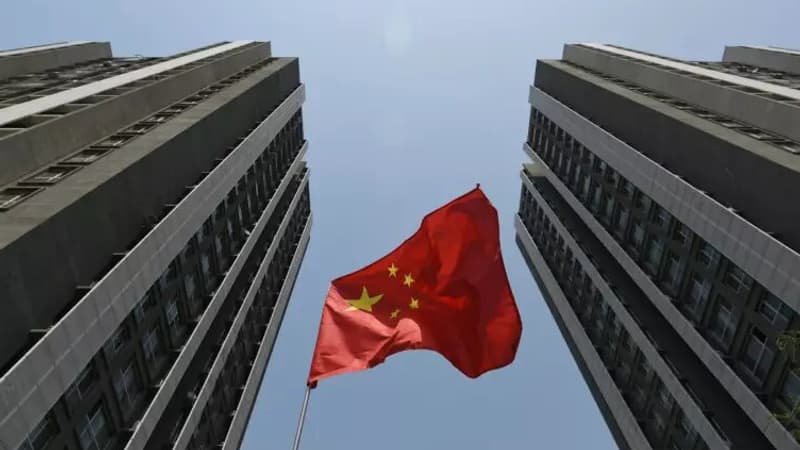Unlike the main economies that are fighting inflation, China entered deflation on Wednesday for the first time in more than two years, weighed down by slow domestic consumption that complicates economic recovery. Deflation is the opposite of inflation, that is, the fall in the prices of goods and services. If on paper this phenomenon may seem like a good thing for purchasing power, deflation is a threat to the economy. Because instead of spending, consumers are putting off shopping in the hope of more price cuts. Due to the lack of demand, companies are forced to reduce their production, freeze hiring or lay off workers and agree to new discounts to liquidate their inventories, which hinders their profitability because their costs are maintained. Economists then speak of a harmful spiral.
China’s consumer price index, the main indicator of inflation, fell 0.3% in a year in July, according to the National Bureau of Statistics (BNS). Analysts surveyed by the Bloomberg agency anticipated a fall in prices (-0.4%), after zero inflation a month earlier. By way of comparison, inflation in France was 4.5% in June and 3% in the United States.
Real estate, producer prices and exports at half mast
China experienced a brief period of deflation in late 2020-early 2021, due to the collapse in the price of pork, the most widely consumed meat in the country. The previous one dates back to 2009. Many analysts fear a longer period this time, when China’s main engines of growth are at a standstill and youth unemployment is at a record high of more than 20%.
The housing crisis, a sector that for a long time accounted for a quarter of China’s GDP, is the “main” reason for this “deflationary shock,” said economist Andrew Batson of Gavekal Dragonomics. For its part, the producer price index contracted again in July (-4.4%) for the tenth consecutive month, according to the SNB. This index, which measures the cost of goods leaving factories and gives an overview of the health of the economy, was already down 5.4% in June. Producer prices in red mean reduced margins for companies.
These indicators are released the day after disappointing figures for Chinese exports, traditionally a major lever for growth. In July they experienced their biggest drop in a year (-14.2%), penalized by weak demand abroad, according to official figures published on Tuesday.
Threat to the growth target of 5% in 2023
This situation has a direct impact on tens of thousands of businesses that are now operating in slow motion. It threatens the growth target set by the government of around 5% for this year. Chinese growth only rose 0.8% between the first and second quarters of 2023, according to official figures.
Many economists now advocate a comprehensive recovery plan to support activity. For now, the authorities are sticking to targeted measures and declarations of intent with respect to the private sector, with no conclusive results so far. But Wednesday’s bad numbers are likely to “put pressure” on the government to reconsider, suggests economist Zhiwei Zhang of Pinpoint Asset Management. Meanwhile, the government has ordered the country’s economists not to report too alarmist news about the economic situation and in particular about deflation, according to the British business daily Financial Times.
Source: BFM TV


